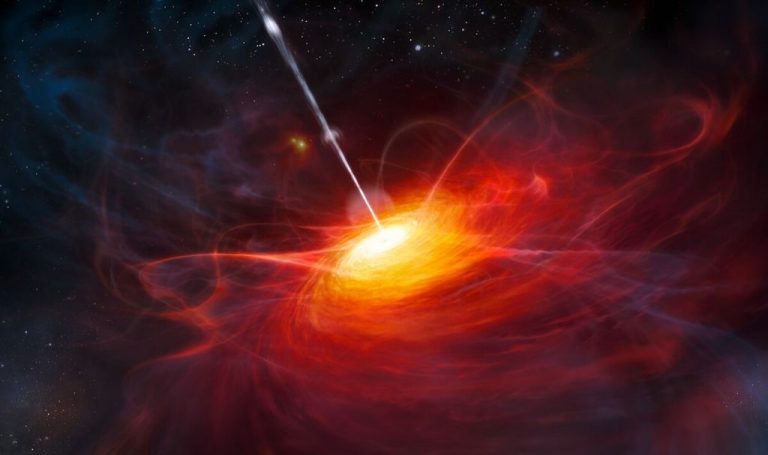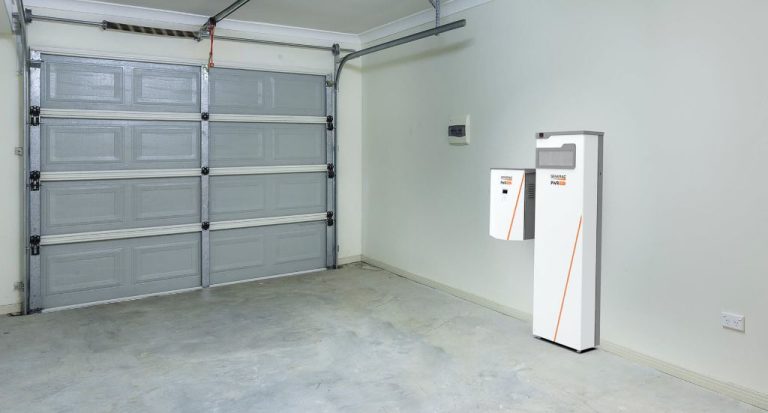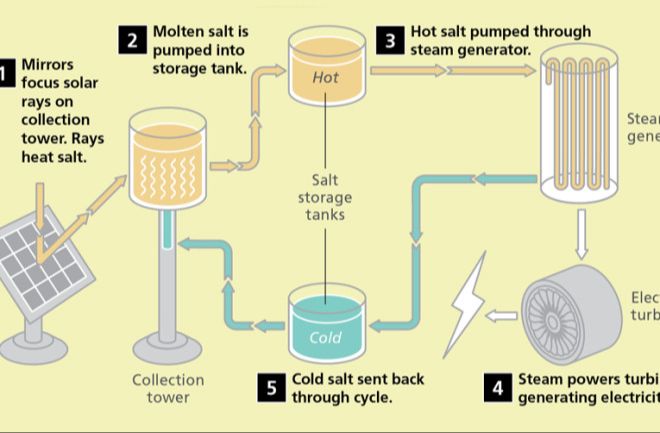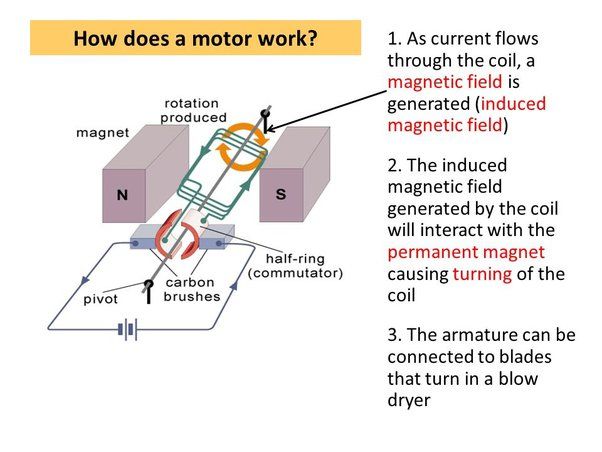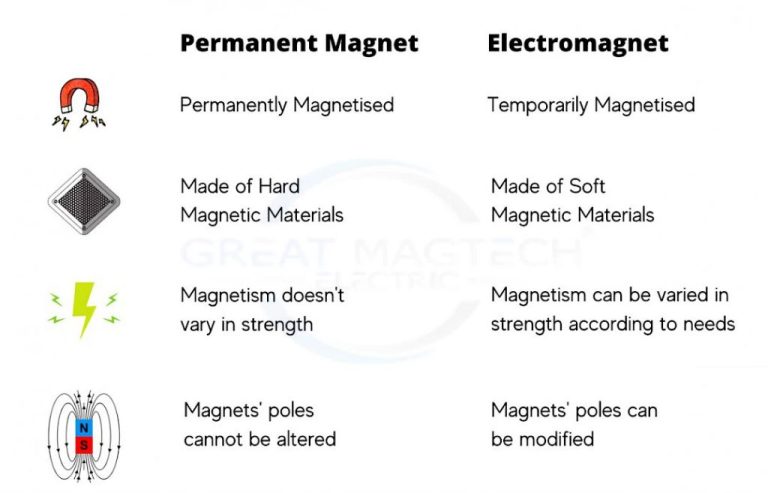What Is Meaning Of Mechanical To Electrical Energy?
Mechanical energy refers to energy possessed by an object due to its motion or its position relative to other objects. For example, a moving car possesses kinetic energy, while a compressed spring contains potential energy. Electrical energy is energy derived from electric charges and their interactions with each other and the environment. It involves electrons flowing through a conductor, such as a metal wire. The conversion between mechanical and electrical energy enables many everyday devices and technologies.
Mechanical Energy
Mechanical energy is the energy associated with the motion and position of an object. There are two types of mechanical energy: kinetic energy and potential energy.
Kinetic energy is the energy of motion. Any object that is moving has kinetic energy. The amount of kinetic energy depends on the mass and velocity of the object. For example, a car moving at 60 mph has more kinetic energy than a car moving at 30 mph. Kinetic energy can be transferred between objects during collisions.
Potential energy is stored energy based on an object’s position or shape. For example, a ball held at a height above the ground has potential energy due to gravity. As the ball falls, this potential energy gets converted to kinetic energy. Other examples of potential energy include energy stored in springs and elastic bands when they are stretched or compressed. The amount of potential energy depends on the object’s height, stretch distance, or compression.
Electrical Energy
Electrical energy refers to the flow of electrons. It is a form of energy that arises from the motion of charged particles such as electrons and protons. There are two main characteristics of electrical energy – voltage and current.
Voltage is the amount of potential energy between two points in a circuit. It is measured in volts. Voltage is sometimes referred to as electric potential difference. A volt is defined as the energy gained or lost by a charge of one coulomb as it moves between two points in an electric circuit. The higher the voltage, the more potential energy available to do work.
Current is the rate of flow of electric charge. It is measured in amperes, commonly called amps. Current is the actual flow of electrons through a conductor. For direct current (DC), which flows in one direction, the current remains constant. For alternating current (AC), the flow of electrons changes direction periodically. The higher the current, the greater the flow of electrons.
So in summary, voltage represents electric potential difference while current represents the rate of flow of electrons. Both voltage and current are important characteristics of electrical energy. The interactions between voltage and current allow electrical energy to be generated, transmitted, distributed and used to power electrical devices and systems.
Methods of Conversion
Mechanical energy and electrical energy can be converted using three main methods:
Electromagnetic induction: This method makes use of magnetic fields and relies on relative motion between magnet and conductor to convert mechanical energy to electrical energy. This is the most widely used method of mechanical to electrical energy conversion, with electric generators being the most well-known example.
Piezoelectric effect: This method utilizes certain crystalline materials that produce an electric charge when mechanical stress is applied. The electrical charge buildup is used to generate voltage. Piezoelectric materials are used in applications like spark ignition, ultrasound imaging, and vibration sensing.
Triboelectric effect: This method relies on contact between two different materials to generate static electricity via friction. The triboelectric effect causes certain materials to become electrically charged after coming into contact with a different material. This can be used to harvest otherwise wasted mechanical energy from repetitive contact and convert it to electricity.
Generators
Generators are devices that convert mechanical energy into electrical energy. There are two main types of generators – AC (alternating current) generators and DC (direct current) generators.
Some common examples of generators are:
- Hydroelectric generators – These use the mechanical energy from flowing water to spin turbines connected to generators. They produce AC electricity that can be distributed over long distances.
- Wind turbines – The kinetic energy of wind turns blades connected to electrical generators. Most generate AC power that connects to the electrical grid.
- Gas/diesel generators – An engine turns an electrical generator to produce electricity. These often generate DC or AC power. Portable generators can provide electricity in emergencies or off-grid uses.
- Dynamos – A type of DC generator that uses commutators and brushes to convert rotational energy into DC electricity. Used in applications like bicycle lights.
Generators allow us to harness mechanical energy from sources like water, wind, engines, and motion to generate usable electricity for homes, buildings, and devices. They play a key role in converting kinetic and potential energy into the electrical energy that powers modern society.
Motors
Motors are devices that convert electrical energy into mechanical energy. They essentially operate in reverse of generators, which convert mechanical energy into electrical energy. The two main types of motors are AC (alternating current) motors and DC (direct current) motors.
AC motors use alternating current electricity and a rotating magnetic field to generate torque and rotation. They include types like induction motors, synchronous motors, and servo motors. AC motors are commonly used in applications like pumps, fans, household appliances, power tools, and more.
DC motors use direct current electricity and permanent magnets to generate torque and rotate. Types of DC motors include brushed and brushless motors. They are commonly used in electric vehicles, elevators, electric windows, and other motion control applications. DC motors provide precise speed and position control.
In both AC and DC motors, the basic principle is that when current-carrying conductors are placed in a magnetic field, they experience a force that causes them to move. This force creates the torque that enables the motor to do mechanical work. Motors are essentially generators running in reverse.
Applications
Mechanical to electrical energy conversion has many useful real-world applications. One area of increasing interest is energy harvesting, which involves capturing small amounts of energy from ambient sources like vibration, heat, or motion and converting it to usable electrical energy. This allows things like self-powered sensors, eliminating the need for batteries.
The motion of ocean waves and tides can also be converted to electricity using mechanical-electrical converters. Wave power stations and tidal turbines are able to generate clean, renewable energy from these constant natural motions. This holds great potential as a sustainable energy source.
In general, anywhere that motion, vibration, or varying magnetic fields exist has potential for energy harvesting. Converting this mechanical energy directly into electricity allows it to be used or stored much more easily. Mechanical-electrical converters enable self-powered devices and sensors, renewable energy sources, and isolation of sensitive electrical components from noise or surges. The applications leveraging this energy conversion mechanism will continue to rapidly expand as the technology evolves.
Efficiency
When converting energy from one form to another, some amount of energy is always lost in the process. This is referred to as energy loss and it lowers the efficiency of the process. The efficiency of an energy conversion process refers to the ratio between the useful output energy and the total input energy. Maximizing efficiency is an important goal in mechanical to electrical energy conversion.
Some of the main causes of energy losses include:
- Friction in moving parts like bearings and gears
- Heat generation due to electrical resistance
- Inefficiencies in energy transfer and storage, such as inductance effects
- Energy dissipated as sound or vibration
There are various techniques used to optimize the efficiency of mechanical to electrical energy conversion:
- Using lightweight, low-friction components to reduce friction losses
- Proper lubrication and cooling to minimize heat buildup
- Careful design of magnetic circuits to reduce magnetic losses
- Minimizing leakage inductance through proper winding techniques
- Using appropriate insulation and conductors to reduce eddy current losses
- Recovering waste heat where possible through cogeneration systems
With continual improvements in materials, design and manufacturing methods, the efficiency of mechanical to electrical energy conversion continues to increase. Some cutting edge technologies like superconducting generators and motors are able to achieve efficiencies over 95%. Further research and innovation will help maximize efficiency in the future.
Future Outlook
The future looks bright for further advancements in converting mechanical energy to electrical energy. Here are some emerging technologies and improvements on the horizon:
New materials such as graphene and carbon nanotubes show promise for making motors and generators smaller, more efficient, and more durable. Graphene composite materials can be leveraged to reduce friction and enable nano-scale generators.
3D printing allows generators and electric motors to be produced with more intricate, optimized designs. This manufacturing technique opens the door for customization and on-demand production.
Artificial intelligence and machine learning can optimize the design of motors and generators. As more performance data is collected, machine learning algorithms can suggest improvements to further enhance efficiency.
Energy harvesting technology is evolving to capture even small mechanical motions and vibrations to produce electricity through miniaturized generators. This could enable self-powered sensors and devices.
Engineers are exploring new ways to recover waste heat and motion and convert it to electricity. Advancements in thermoelectric, triboelectric and piezoelectric materials and systems can lead to broader applications.
Research into new nanomaterials, bio-inspired designs, and quantum effects may uncover new scientific phenomena to exploit for energy conversion. Completely new approaches could emerge beyond traditional generators and motors.
Conclusion
In summary, the conversion between mechanical and electrical energy is extremely important in our modern world. Mechanical energy from sources like falling water, wind, engines, etc. can be converted into electrical energy through generators. Likewise, electrical energy can be converted into mechanical energy through motors. This allows us to generate electricity from mechanical sources and also power mechanical devices using electricity.
Being able to interconvert these two ubiquitous forms of energy gives us tremendous flexibility in how we produce, transmit, and use power. Generators and motors enable technologies from hydroelectric dams to electric vehicles. The ability to convert mechanical to electrical energy underpins much of our civilization and will continue to be vitally important going forward.
While no energy conversion is 100% efficient, ongoing improvements in generators, motors, and related technologies aim to maximize the useful energy we extract when converting between mechanical and electrical forms. Developing more efficient and sustainable ways to link our mechanical and electrical systems will be key for meeting future energy needs.

